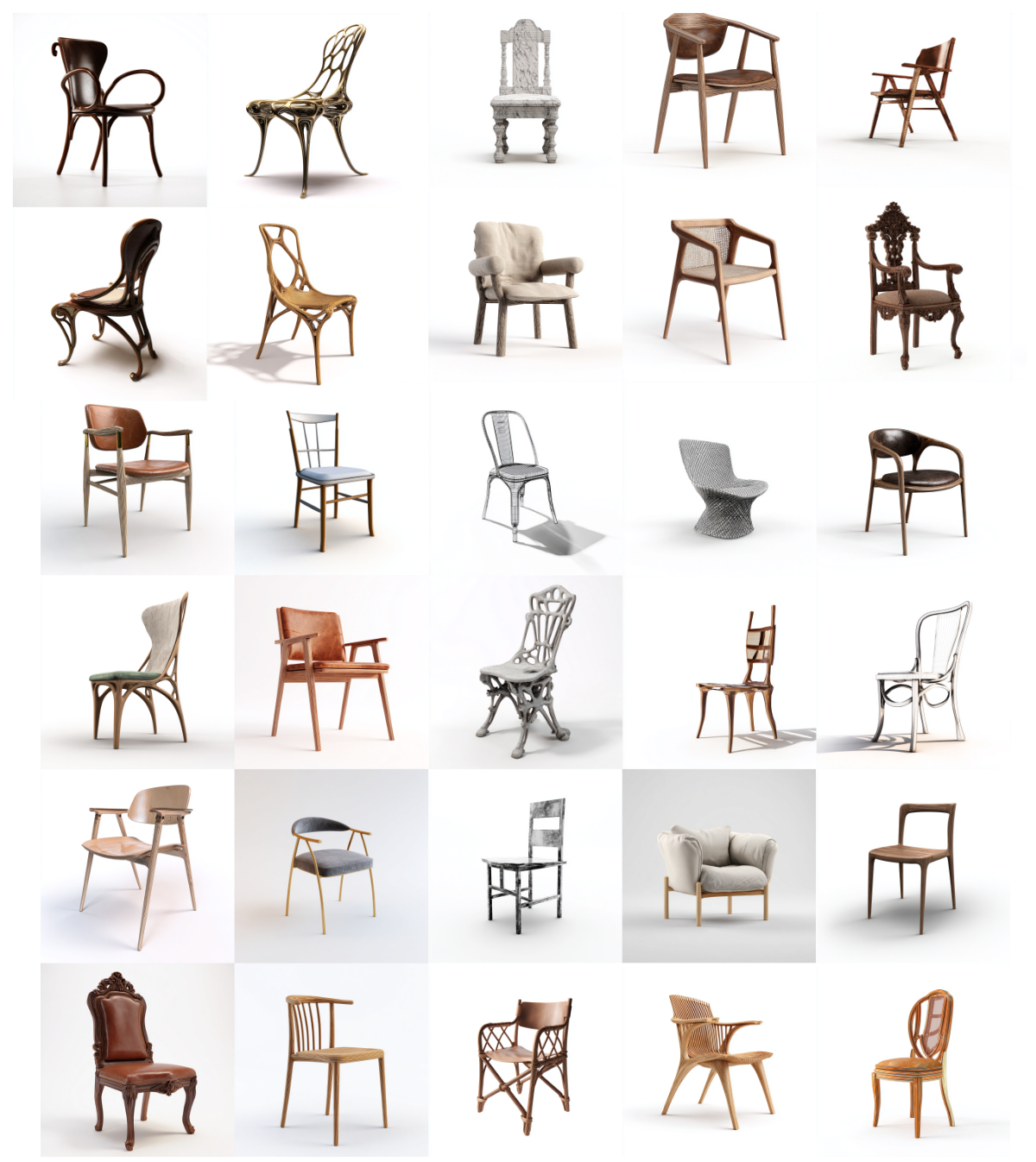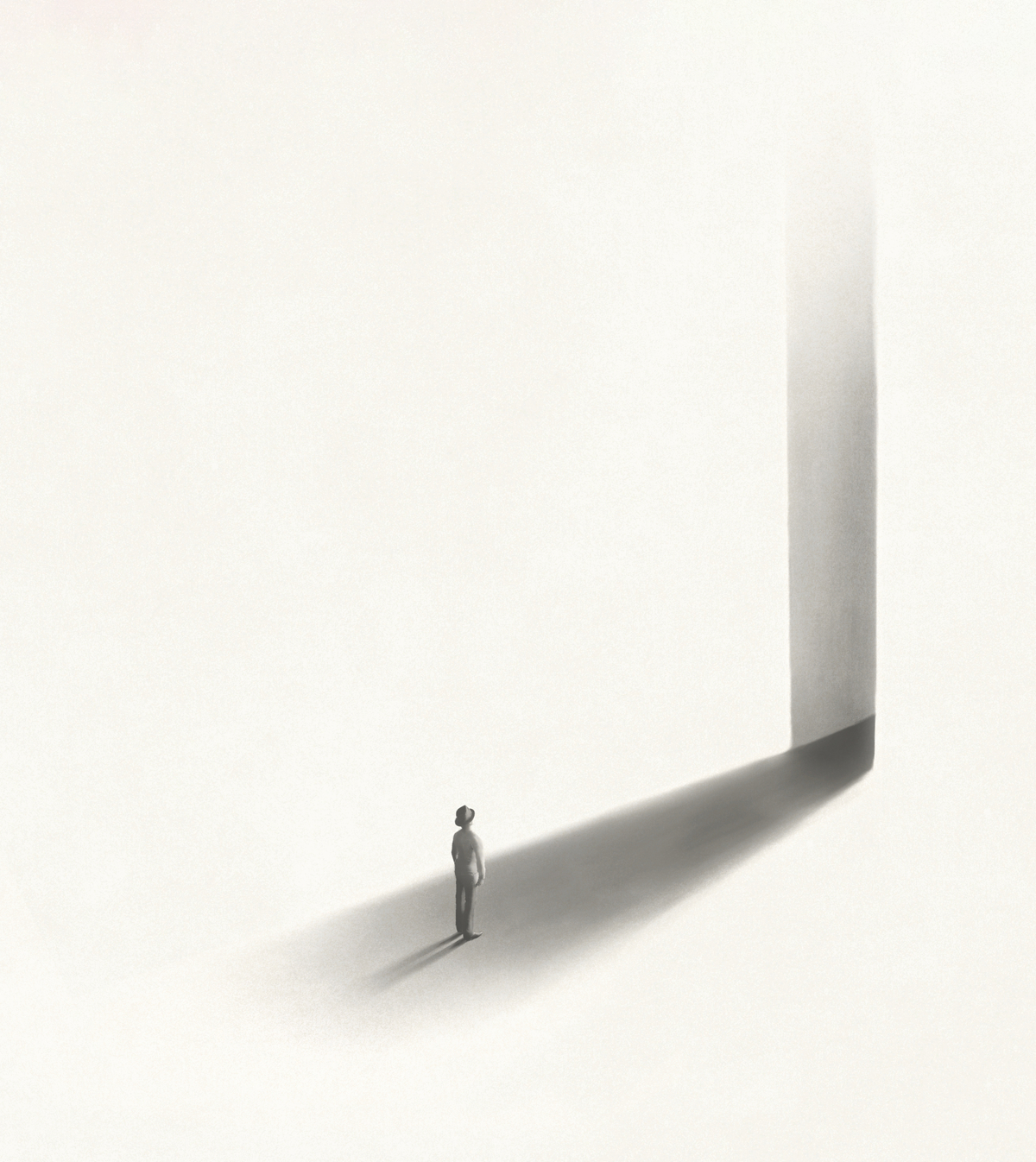We’d like to take the opportunity to introduce you to the 2nd prize winners of our "Humble Architecture: Everest Challenge" competition – John Clayson and Andrei Dinu from the United Kingdom!

2nd prize winners from United Kingdom
KR3N. is a London-based partnership founded at the Bartlett School of Architecture, formed of John Clayson and Andrei Dinu. They are interested in the fusion of fiction and fabrication to produce an architecture that sits outside of the image-based economy that exists within contemporary architectural practice and education. They prize imaginative methods of design and presentation that are realised quantitatively and pragmatically.
Brief information about the projects that you/your company have been involved with. For instance, what scale have you focused on/preferred, any significant projects where the company/ individuals have been involved?
This is KR3N.’s first partnership project, however, both John and Andrei have been involved in competition projects working for Populous and Make, as well as more intimate residential work at Proctor and Shaw. Both explore art /architectural projects outside of KR3N., concerned with formal exploration and the production of images in the built environment. John has helped teach at the AA visiting school in LA, designing procedural settlements on Mars, a brand of architectural thought not dissimilar to the Humble Architecture Everest challenge.
What does architecture mean to you and what is the role of an architect in your society?
Architecture to us is the design of space, and the design of how this space will be experienced by both humans and non-humans; be this as an object, externally, or immersively from within. We believe architects have a crucial role in the consideration of entities beyond humans, reunifying architecture with the natural environment, and considering the role of autonomous machines in the design, construction, and use of buildings.
Why do you participate in architecture competitions?
We participate in architecture competitions to feed our desire to explore ideas without the bounds of a commercial or corporate setting and use the process as a speculative steppingstone towards a, one day, built destination. But most of all – because we enjoy designing.
What advice would you give to individuals who struggle to decide whether it would be beneficial for them to participate in architecture competitions?
We would advise you to use the brief as a way of framing notions you are thinking about in wider life (for example, our project, though responding to the brief, acted as an analogy for the changing tide in machine fabrication); therefore, even if no judicated reward comes of the project, at least you have used it as a testing ground and feedback loop for ideas you’ve been having about wider architectural discourse.
Top 3 Reasons Why You Should Enter Architecture Competitions
Curious about the value of architecture competitions? Discover the transformative power they can have on your career - from igniting creativity and turning designs into reality, to gaining international recognition.
Learn more



























